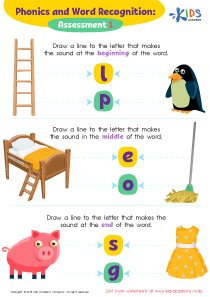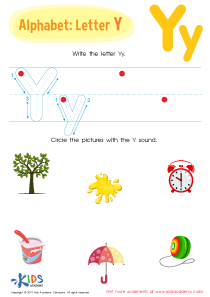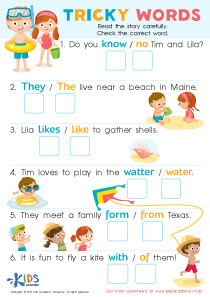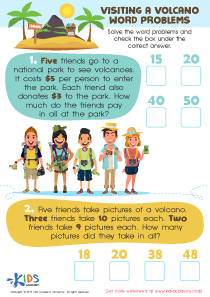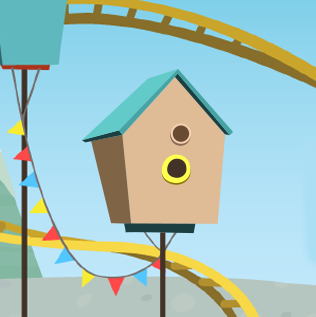English Language Arts Lessons | Respond to Stories Read Aloud, Grade 2
0 results
Our Respond to Stories Read Aloud Lessons are designed for grade 2 students who love to immerse themselves in the world of books. With interactive worksheets and educational videos, children will develop important reading comprehension skills such as predicting outcomes, identifying main characters, and understanding story elements. Not only will our lessons improve their reading abilities, but they will also learn vocabulary and writing skills through fun activities. To gauge their progress, assessment quizzes are provided to track their development. Allow your child to explore their imagination and build their reading confidence with our Respond to Stories Read Aloud Lessons.
The Respond to Stories Read Aloud Lessons are a fantastic tool for children in Grade 2. By participating in these interactive lessons, kids can develop their analytical and critical thinking skills while enhancing their language comprehension skills. These lessons consist of a series of interactive worksheets, videos, and quizzes, designed to help kids respond to stories read aloud to them.
The focus of these lessons is to enhance reading comprehension by enabling kids to identify and analyze the elements found in a story. Children are encouraged to ask questions, make predictions, and analyze characters, settings, plot, conflict, and resolution. By breaking down the various components of a story, kids learn to identify and understand the purpose and message of the story.
The Respond to Stories Read Aloud Lessons help children in several ways. Firstly, they build a child's reading comprehension skills by providing them with the tools to understand and analyze a story. Children can identify different elements in the story, make connections with their own experiences, and draw conclusions from the narrative.
Secondly, these lessons help children develop their critical thinking skills. Children are encouraged to think deeply about the elements of a story, such as character motivation, themes, and metaphors. They learn to ask questions, analyze information, and make connections, which helps them to develop their reasoning and judgment skills.
Finally, these lessons help children develop their language skills by engaging them in discussion, analysis, and writing tasks. These activities encourage children to use descriptive language, make connections, and express their ideas and opinions in a structured and coherent way.
Interactive worksheets form the backbone of the Respond to Stories Read Aloud Lessons. These worksheets are packed with activities and exercises, such as reading comprehension questions, writing prompts, and graphic organizers, among others. Educational videos supplement these worksheets, presenting stories in a fun and engaging way.
Assessment quizzes are also part of these lessons, helping teachers and parents to gauge the child's understanding of the story. These quizzes are tailored to challenge the child's memory and comprehension skills, allowing teachers and parents to identify areas where the child needs more help.
Overall, the Respond to Stories Read Aloud Lessons are an excellent tool for children in Grade 2. By participating in these lessons, children can develop their reading comprehension, critical thinking, and language skills. Teachers and parents can also benefit by using these lessons to monitor the progress of their children and provide targeted feedback and support.
In conclusion, these lessons are a valuable resource for children in Grade 2.

